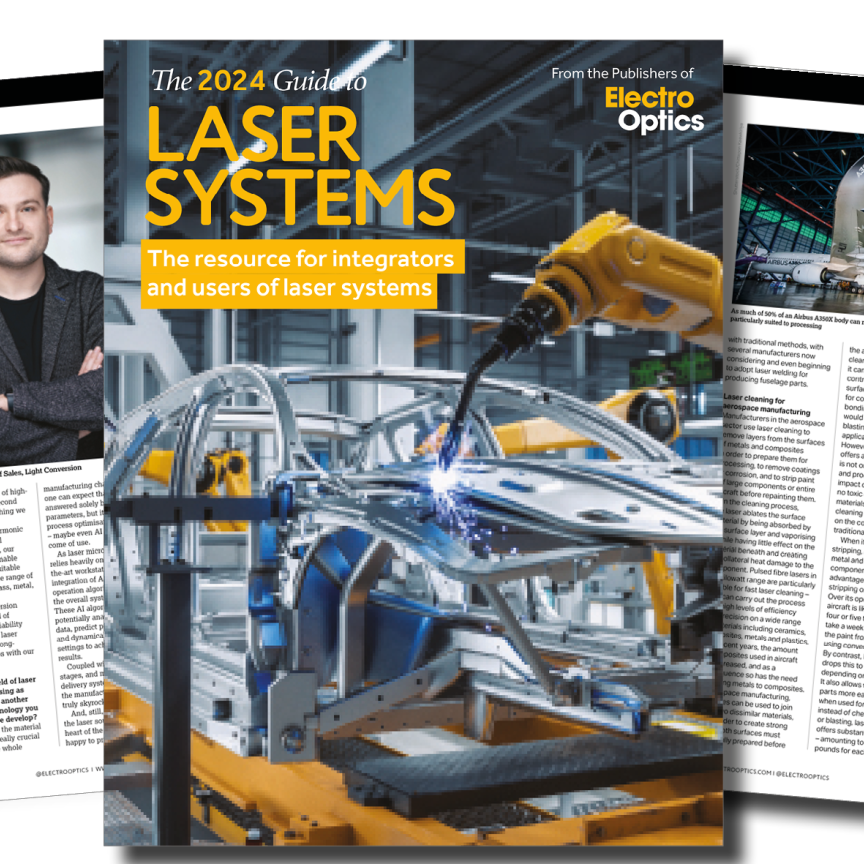Fluorescence spectroscopy of wine
Introduction
The analysis of components is important in the chemistry, microbiology and engineering of food products. Component analysis is a useful tool in the authentication, quality or adulteration of food in production and storage units1.
Compared to conventional food analysis methods such as liquid or gas chromatography and calorimetry, fluorescence spectroscopy is a fast and simple, minimally invasive and non-destructive technique2. It can consequently be applied directly, without additional preparation or separation of components. Moreover, its sensitivity has been widely reported2-5 as 100-1000 times higher than other spectrophotometric techniques.
The multi-dimensional spectral and time resolved techniques including excitation, emission, synchronous and lifetime scans can be used to investigate the fluorescence landscapes of wine products. This way their unique fingerprint can be obtained, associated with fluorescent compounds naturally occurring in foods. Fluorescent compounds commonly found in wines are polyphenols, flavonoids, stilbenes vitamins, tannins and amino acids3,6.
Methods & Materials
Excitation and emission spectra were measured using an FLS980 fluorescence spectrometer equipped with a 450 W Xe lamp and double excitation and emission monochromators. Gratings blazed at 400 nm were used at the excitation and emission arms. A photomultiplier tube detector (Hamamatsu, R928P) with 0.2 s dwell was used. Higher diffraction orders were filtered by the integrated long wave-pass filters in the FLS980.
Two white wine samples from different regions (Pinot Grigio, Sicily and Falanghina, Benevento) were measured in quartz cuvettes of 10 mm path-length in right angle geometry. To maintain the intact food matrix7 the samples were used as obtained, with optical density (OD) 0.5.
For time-resolved measurements a picosecond pulsed diode laser (EPL-375, 375 nm, 5 mW) was used. In time-resolved measurements, the sample is excited by a pulse duration as short as possible, and shorter than the decay of the sample. The exponential decay of the fluorescence was then detected and fitted in order to reveal the lifetime of each fluorescent compound. This needs, however, to be distinguished from the response function of the instrument (IRF) in order to obtain the pure lifetime of the sample as will be shown in the next section.
Results - Discussion
The excitation-emission maps (EEM) of the wine samples were obtained and are shown in Figures 1 and 2 using the F980 software. The emission maxima can be seen at 456 nm upon excitation maxima at 370 nm agreeing with the fluorescence spectra of phenols and flavonols6,7.

Figure 1: Excitation-emission map of the Falanghina sample, Δλexc = Δλem = 3 nm, tint = 0.2 s.

Figure 2: Excitation-emission map of the Pinot Grigio sample, Δλexc = Δλem = 4 nm, tint = 0.2 s.
The time-resolved emission of the Pinot Grigio sample at 450 nm fitted by an exponential reconvolution and the time-resolved emission map obtained between 400 nm to 650 nm are shown in Figures 3 and 4, respectively. From the map, the emission spectra at time intervals of interest can be obtained by the method of slicing.

Figure 3: Time-resolved emission of the Pinot Grigio sample at 450 nm with a four term exponential fit with a χ2 = 1.067, while the three term fit had χ2 = 1.48.

Figure 4: Time-resolved emission map of the Pinot Grigio sample. The cross section is at λem = 450 nm, while the time calibration of the measurement was 0.025 ns.
Figure 5 shows the time-resolved emission spectra between 8 ns to 55 ns after slicing and normalization of the map in Figure 4, in the comprehensive F980 software. A shift of the emission peak from 448 nm to 462 nm is observed, as well as a change in emission ratio with an isoemission point at 520 nm.

Figure 5: Normalized emission of the Pinot Grigio sample after slicing the data of Figure 4 at 10 bins between 8 ns to 55 ns.
References
1. Cordella, C., Moussa, I., Martel, A.-C., Sbirrazzuoli, N. & Lizzani-Cuvelier, L. Recent Developments in Food Characterization and Adulteration Detection: Technique-Oriented Perspectives. J. Agric. Food Chem. 50, 1751–1764 (2002).
2. Strasburg, G. M. & Ludescher, R. D. Theory and applications of fluorescence spectroscopy in food research. Trends in Food Science & Technology 6, 69–75 (1995).
3. Dufour, É., Letort, A., Laguet, A., Lebecque, A. & Serra, J. N. Investigation of variety, typicality and vintage of French and German wines using front-face fluorescence spectroscopy. Analytica Chimica Acta 563, 292–299 (2006).
4. Le Moigne, M. et al. Front face fluorescence spectroscopy and visible spectroscopy coupled with chemometrics have the potential to characterise ripening of Cabernet Franc grapes. Analytica Chimica Acta 621, 8–18 (2008).
5. Callejón, R. M. et al. Classification of Sherry vinegars by combining multidimensional fluorescence, parafac and different classification approaches. Talanta 88, 456–462 (2012).
6. Airado-Rodríguez, D., Durán-Merás, I., Galeano-Díaz, T. & Wold, J. P. Front-face fluorescence spectroscopy: A new tool for control in the wine industry. Journal of Food Composition and Analysis 24, 257–264 (2011).
7. Christensen, J., Nørgaard, L., Bro, R. & Engelsen, S. B. Multivariate Autofluorescence of Intact Food Systems. Chem. Rev. 106, 1979–1994 (2006).


